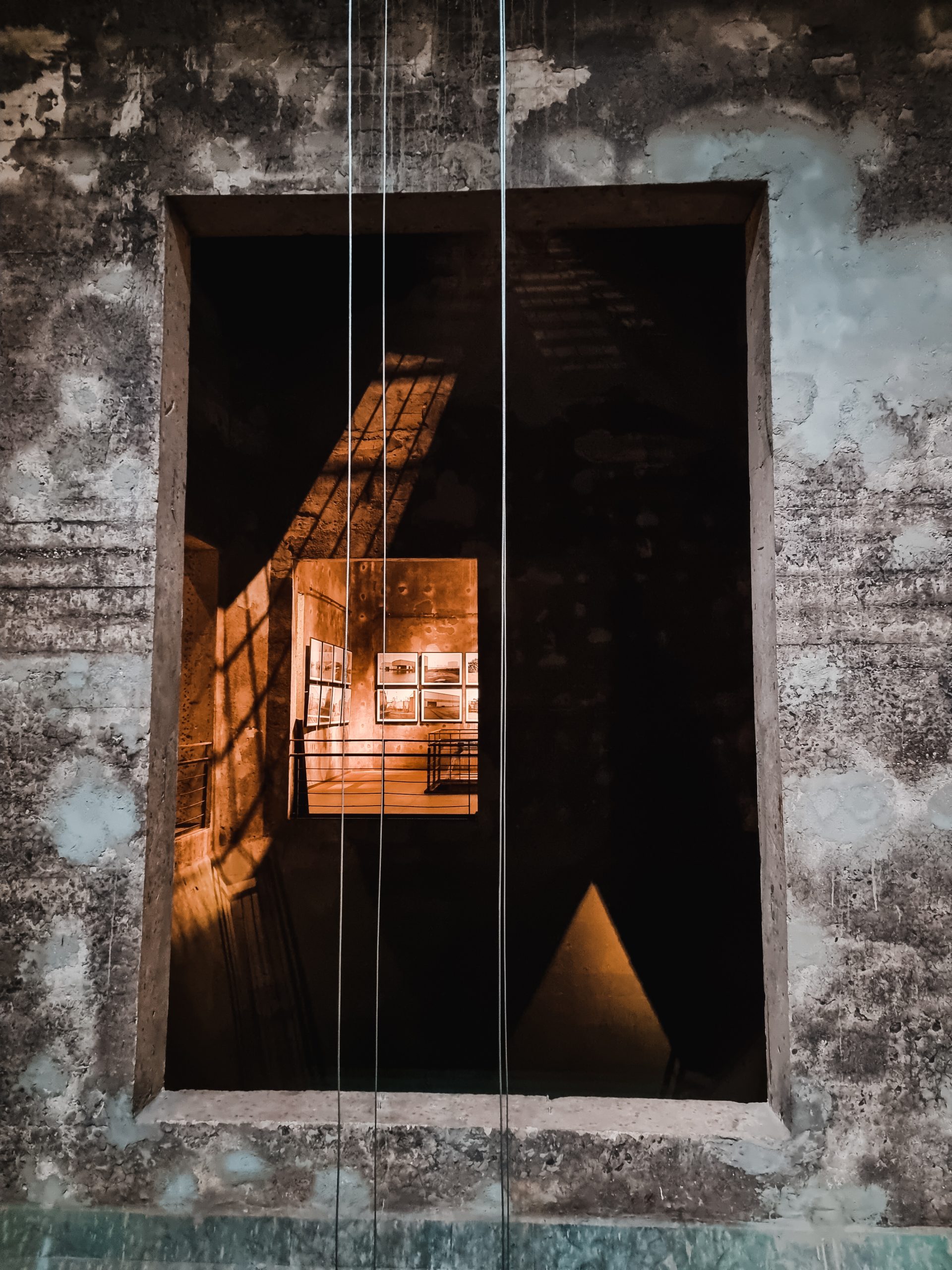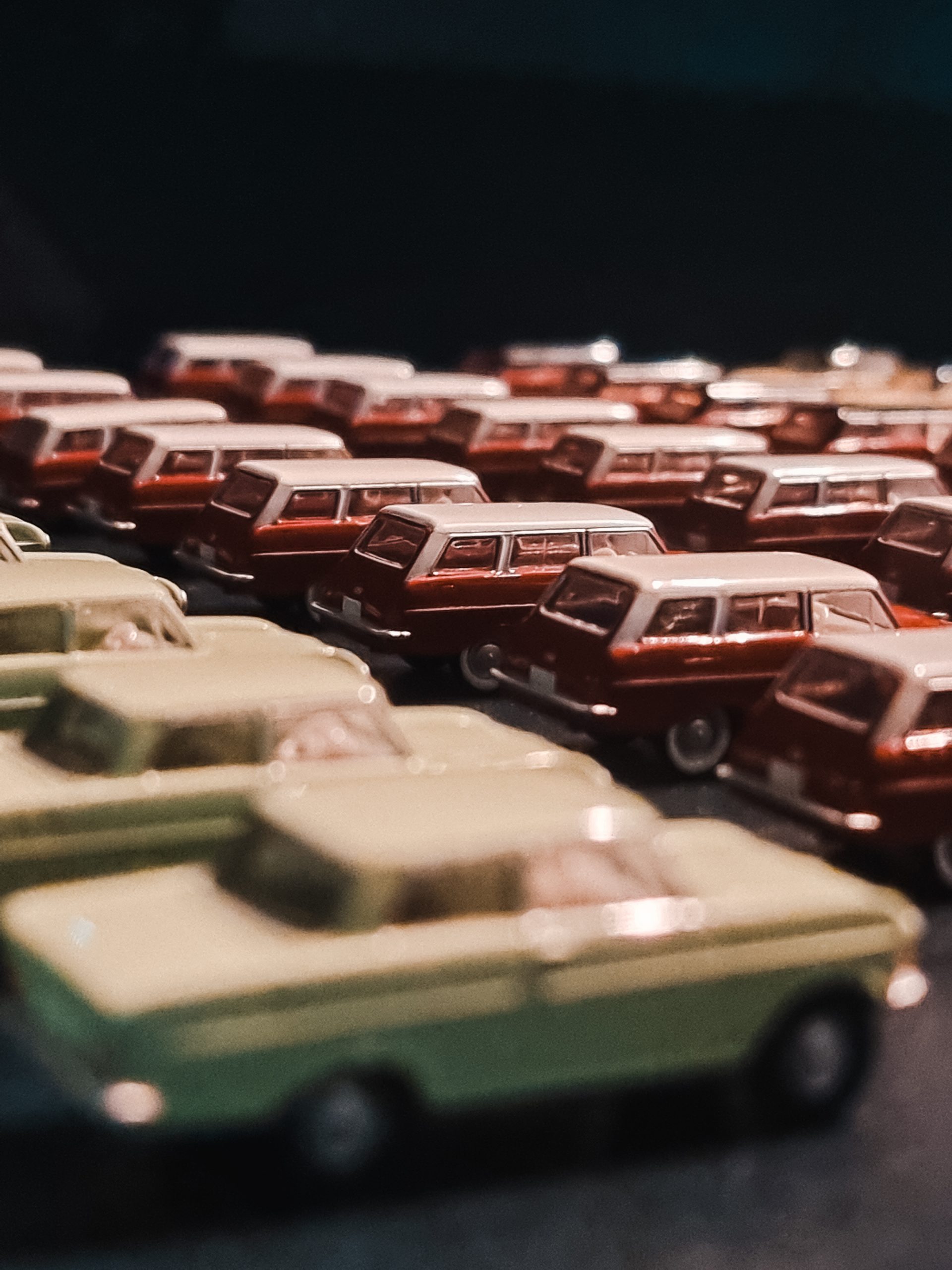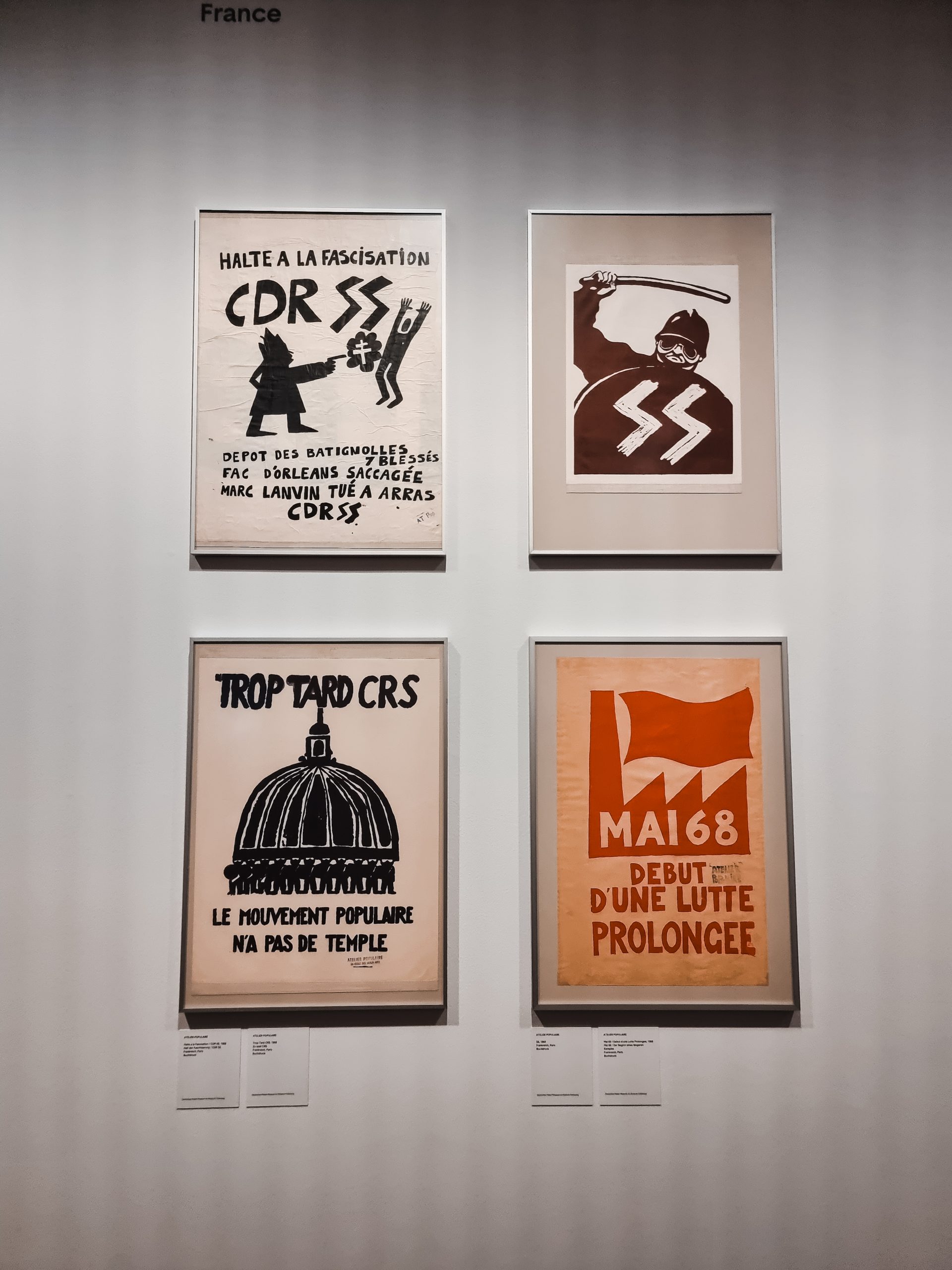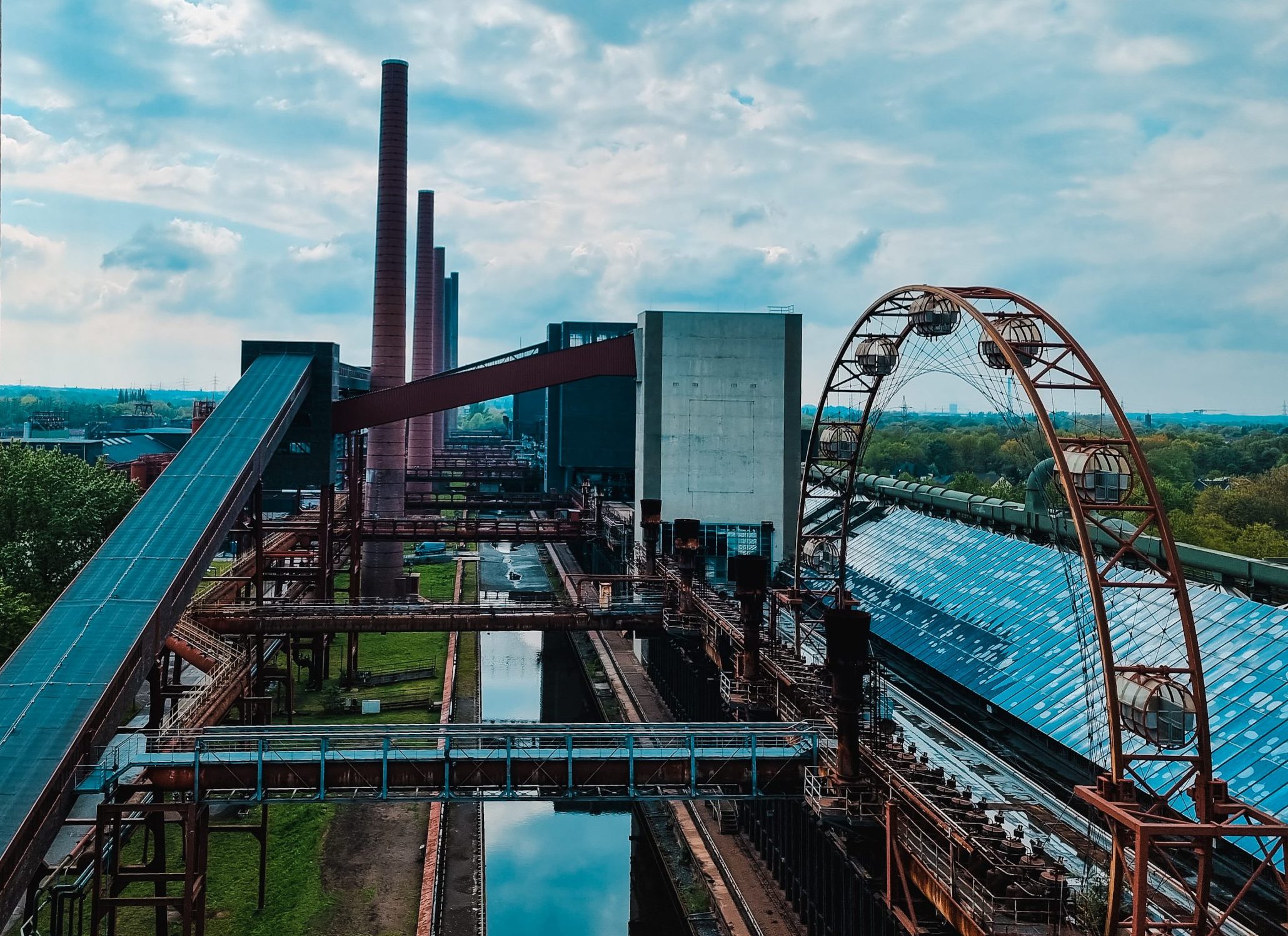Niel
Van Herck
Welcome to the Ruhr area! It’s a region best known for its industrial past, though it is turning more future-proof by the day thanks to new applications or urban planning, interventions in public space, and in particular use of old sites and buildings. Zeche Zollverein, a former coal mine in the city of Essen, perfectly illustrates this. My Harry Potter brain always reads that name as Zollverstein, by the way.
The cooling tower blew its final plume of smoke after nearly 140 years of operation and the last miner shut the door behind himself in 1986. The steel crisis and dropping demand for coke had rendered the Zeche Zollverein unprofitable. Fortunately, demolishing the entire facility was too expensive, and the site was eventually declared a UNESCO World Heritage Site in 2001 for its Bauhaus architecture and iconic Shaft XII, affectionately known as the Ruhr area’s Eiffel Tower. The Zeche Zollverein has since become a place for art, culture, and creativity, attracting more than two million visitors every year.




Something for everyone
“Für jeden etwas!” Something for everyone. The words of our favourite German and tour guide Stefan continue to reverberate in our minds. Somewhere between the sarcasm and hilarity of it, his love for the Zollverein was evident. Having grown up in the region, Stefan is now responsible for the commercial aspects of the Zollverein. He is looking for start-ups and other companies to fill the renovated office spaces, while also taking care of the catering concepts and events. There are, indeed, plenty of restaurants and bars on site, as well as a plethora of boutiques where artists and designers sell their work.



Stefan may not see much of a point in looking at all those broken machines, dusty coal carts, and folded steel, but urbexers and photographers just adore the site. Almost the entire mining facility has been preserved and former employees are now offering historical tours with towers, mine shafts, and dirty overalls, providing a nice insight into the steely life of the miners. We’d recommend against wearing any light colours, though.
The Ruhr Museum
Do you love history? Take the time to visit the Ruhr Museum on site, even if only to put the designer stairwell on your Instagram. Start in prehistoric times on the bottom floor, marvel at fossils and beautiful minerals, and get a brief explanation of where that coal actually comes from. On the next floor up, half a mammoth skeleton is waiting for you, next to some kind of enormous rhinoceros that used to roam this region. Artifacts from the Bronze Age, ancient Roman armour and pottery, as well as coins, clothing, and weapons follow, teaching about the time of antiquity, before you can continue to delve more deeply into recent history.





Of course, you will find plenty of history about the site and coal mining in general. However, life in the Ruhr area is covered as well. Old police uniforms are presented next to pretty paintings of noblemen, cannons on wooden wheels, and tin toys. On top of this, you will get an interesting look at how the Germans experienced the world wars, based on pamphlets, propaganda posters, and television images.
Now, walk around the site, take a map, and try to climb some of the towers. You’ll be facing some beautiful vistas in no time at all. Cross the long and particularly high pedestrian bridge, walk down the tracks in search of rusty train sets, or enjoy a taste of design in the Red Dot Museum. Annual festivals are held there, and you can now occasionally hear a techno beat where machines used to rattle. A skating rink is set up in winter, while a swimming pool can be used in summer. Anyone looking for the Ferris wheel should hurry, however: that particular piece of recreation is about to be disassembled in 2023.
Do you have some time left in Essen? Go and see Museum Folkwang
You may be able to spend days wandering around the Zollverein premises, but if you still find yourself with a morning or afternoon to spare, you should use it for a look at the Folkwang museum of modern art. Admission is free, which makes the place quite busy at times. We get it, though: The building’s architecture is already quite impressive, with its inner gardens, special shape of the exterior, and gigantic exhibition spaces. Belgian Henri Van de Velde also was involved here, by the way.









Structured by theme, the permanent collection mixes photography with sculpture, paintings, and audio-visual installations. The temporary exhibitions offered on top of this are great, too. When I visited, the current exhibition was centred on the Impressionism of Renoir, Monet, and Gauguin. I really recommend it. The ultimate highlight, however, was the exhibition on the history of the poster, presenting anything from beautifully drawn prints to promote medicines, to German propaganda posters, to the advertising posters that we know today. It’s definitely worth a stop.
Learn more at: www.zollverein.de and https://www.museum-folkwang.de/
Pictures by Niel van Herck




